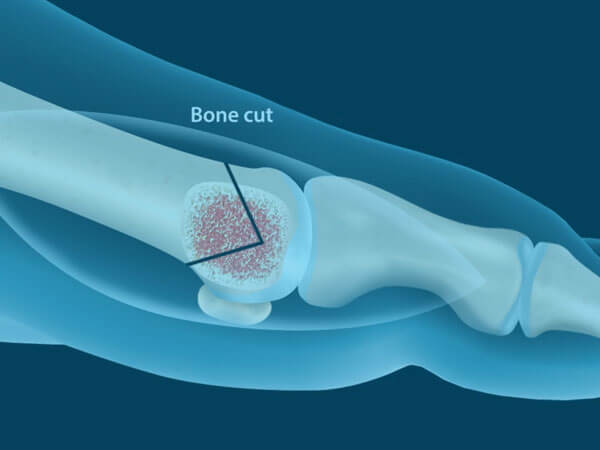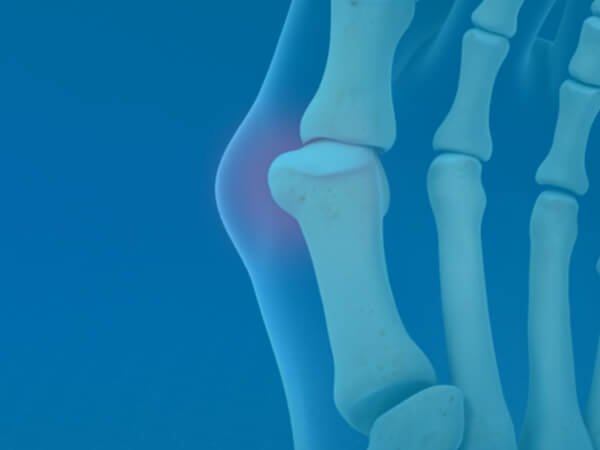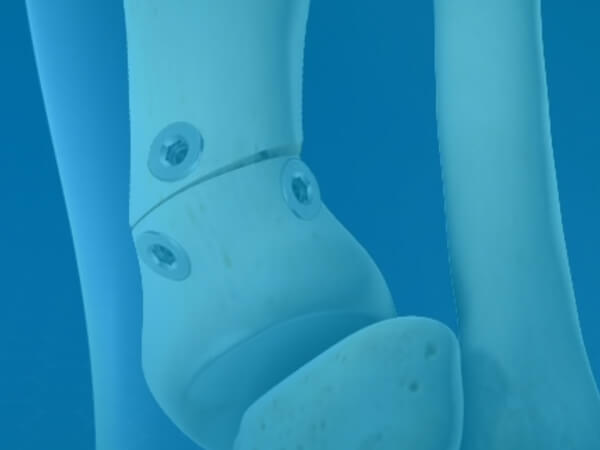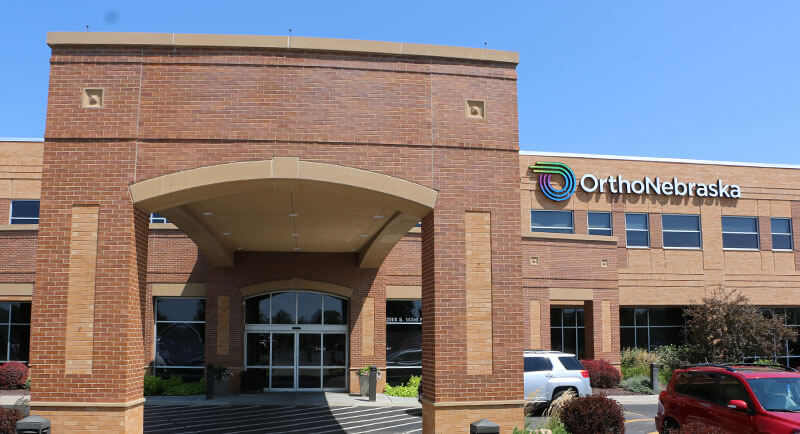What is Bunion Surgery?
The surgeon cuts the long bone leading to the big toe to realign it. The surgeon may also need to tighten or loosen the muscles or ligaments around the joint.
Who Should Have Bunion Surgery?
Most people with bunions that are not painful should avoid surgery. Typically, new shoes, splints and toe spacers are tried first. However, if treatment is delayed or the bunion progresses quickly enough, surgery may be needed. People who have developed a bursa, or big bump where their big toe meets their foot, may need surgery. Surgery cannot be done for purely cosmetic reasons if it is to be covered by insurance.
How Well Does Bunion Surgery Work?
Bunion surgery is an open surgery and has the same risks as all open surgeries: blood clotting, infection and others your physician may discuss with you.
Studies have shown that most patients are satisfied with their outcome after bunion surgery. Recurrence is possible, but not particularly likely. And, return of a bunion is not necessarily a complication, but something that can happen over time. Some patients have excessive motion in the foot that may predispose them to recurrence. Another possible reason for recurrence occurs when a procedure that was performed did not best suit the severity of the particular bunion — so it’s important to have the surgery tailored for you. This is where OrthoNebraska can help – with fellowship-trained orthopedic foot and ankle surgeons – they understand it’s not just about the immediate fix, but your mobility for the foreseeable future.
What Can I Expect When I Have a Bunion Surgery?
You may need a pre-surgical physical to make any necessary accommodations based on your health history. When you arrive at the hospital, you’ll speak to your surgeon and anesthesiologist. You may receive sedation and a nerve block to block pain from your foot. You will likely go home the same day, so you’ll need to plan on someone to drive you.
After surgery, your foot will require elevation for at least a week is essential to prevent swelling and help the wound heal. In post-op, a nurse will go over these things with you and your loved ones. Getting around can be difficult and driving may be a challenge, particularly if the bunion is on your pedal foot.
Full recovery may take up to six months. If you have a job that requires lots of walking or standing, you may need to take up to two months off. Office workers typically return in 1-2 weeks.










